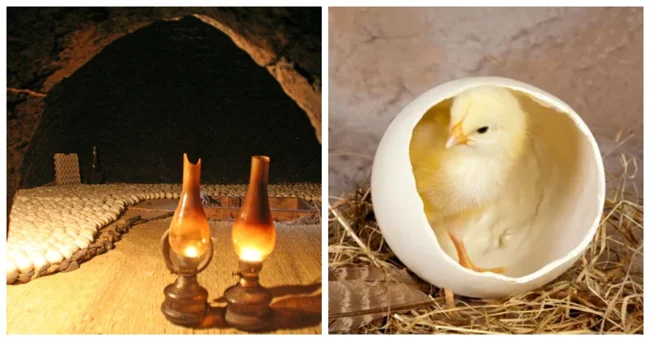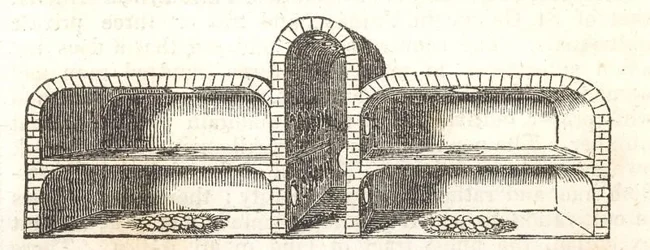Secrets of the ancient Egyptians Poultry farmers (7 photos)
Chickens on modern farms are not brooded by hens. Instead, they are hatched in large electric incubators, where hundreds or even thousands of chicks can be raised simultaneously. 
While electric incubators are a modern invention, the practice of artificial incubation dates back thousands of years. 
The ancient Egyptians were the first to use poultry incubators. Their methods astonished foreign travelers, who had never seen anything like them. Many of them left behind descriptions of the strange method by which the Egyptians hatched chicks. Rarely given detailed explanations, they speculated and were often mistaken.
One author claimed that the eggs were hatched by attendants who sat on them. The monk Simon Fitzsimons, who traveled to Egypt in the 14th century, wrote with disbelief about how chickens were "born by fire from eggs without cocks or hens," unaware that eggs were traditionally fertilized by roosters before being placed in an incubator. Even Aristotle wrote about incubators, suggesting that eggs were dug out of dung heaps. 
The first widely known description containing reliable information about Egyptian incubation ovens was Sir John Mandeville's Travels, published in 1356. Mandeville wrote:
And in that city there is a common house full of little ovens, and there the women of the city bring their eggs, hens, geese, and ducks, to lay them in these ovens. And those who keep that house warm them with horse dung, without chicken, goose, duck, or any other bird. And after three weeks or a month, they return and take their chicks and nurse them, so that the whole country is full of them. 
The first accurate account of incubators was compiled by the French naturalist René Antoine Réaumur in 1750. He visited Egypt and personally observed the work of poultry farmers. 
A typical Egyptian incubator was a brick structure about three meters high with a long central corridor and rooms on either side, arranged in two tiers. The eggs were placed on the ground floor on a bed of flax or straw. In the upper rooms, a slow-smoldering fire was lit using a mixture of cow and camel dung and straw.
The fire was lit twice a day (depending on the weather), and the eggs were turned regularly for even heating. After two weeks, the fire was extinguished: by this point, the embryos themselves were producing enough heat to complete the process, which took another week. The chicks hatched on the 21st day. 
In Egypt, some incubators still operate using ancient technology, although manure has been replaced with kerosene lamps and electric heaters. They still don't use modern equipment like thermometers. An experienced worker determines the temperature by holding the egg to their eyelid: the delicate eyeball feels the heat. If the eggs are overheated, they are sprayed with water. To check the egg's development, they simply hold it up to a lamp—the shell is thin enough to see the contents. These skills have been passed down through families for centuries as a closely guarded secret. 
However, traditional incubators are in danger of disappearing. According to the UN, all interviewed owners want to switch to modern methods due to higher hatchability rates.






























